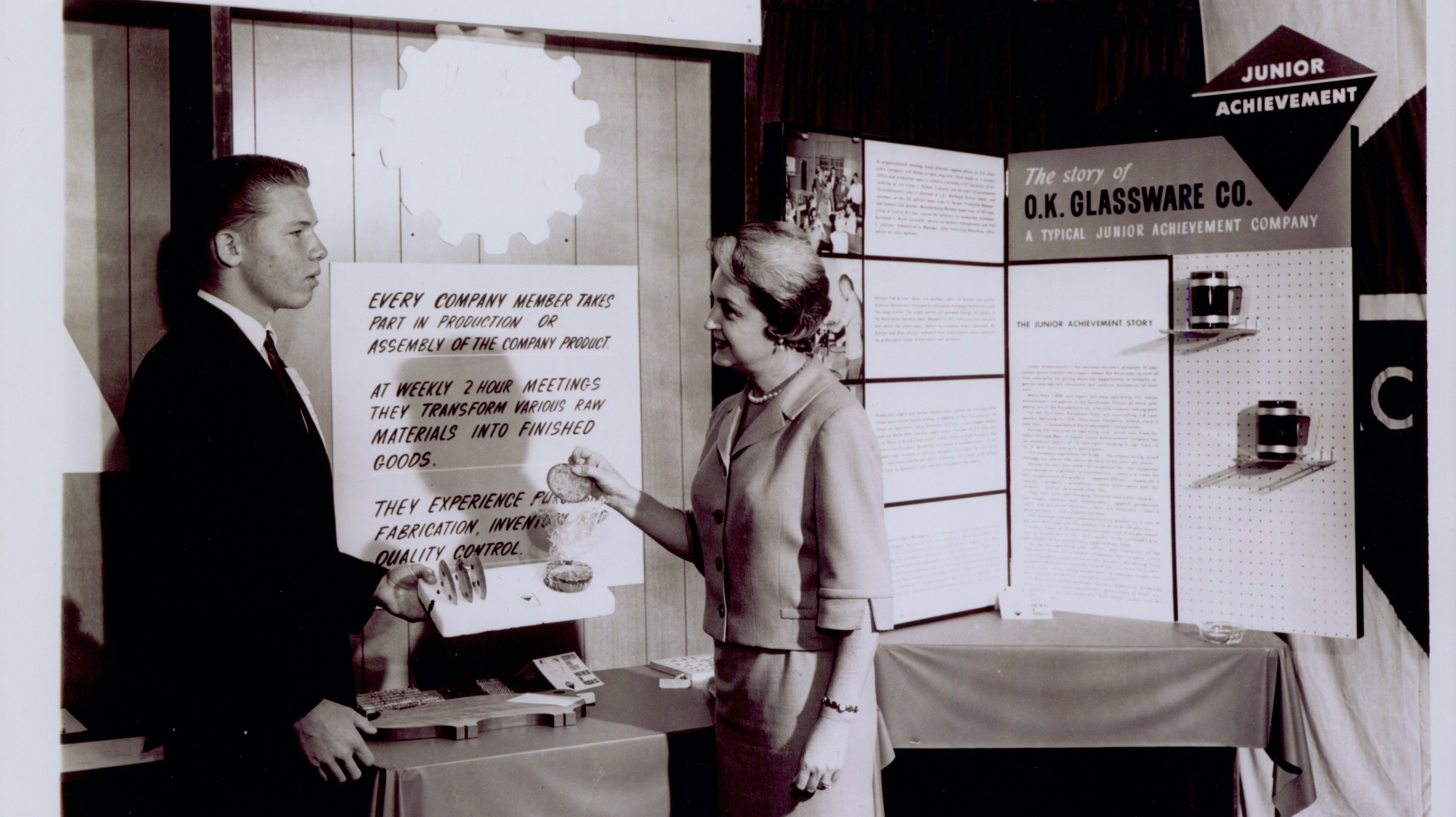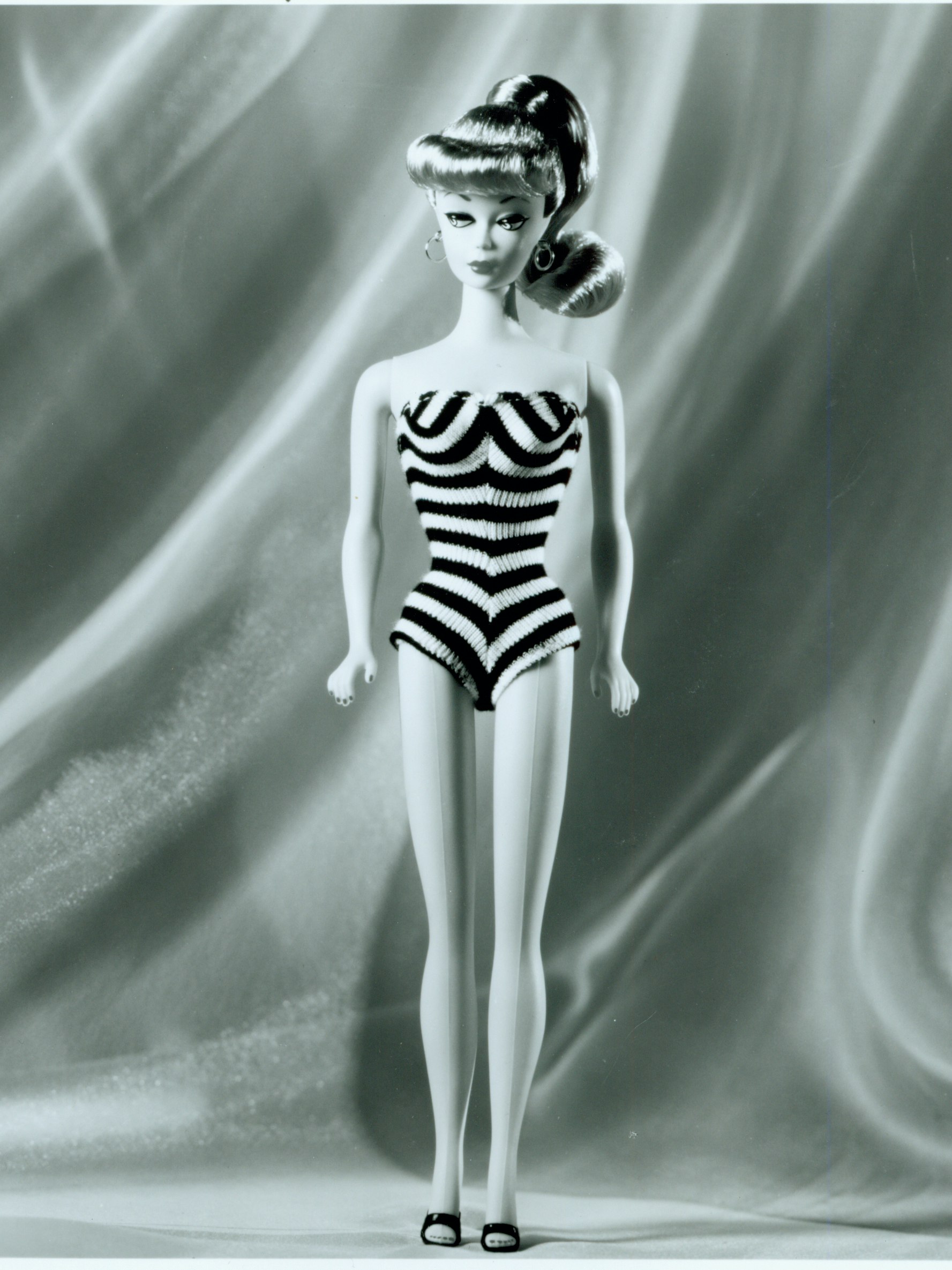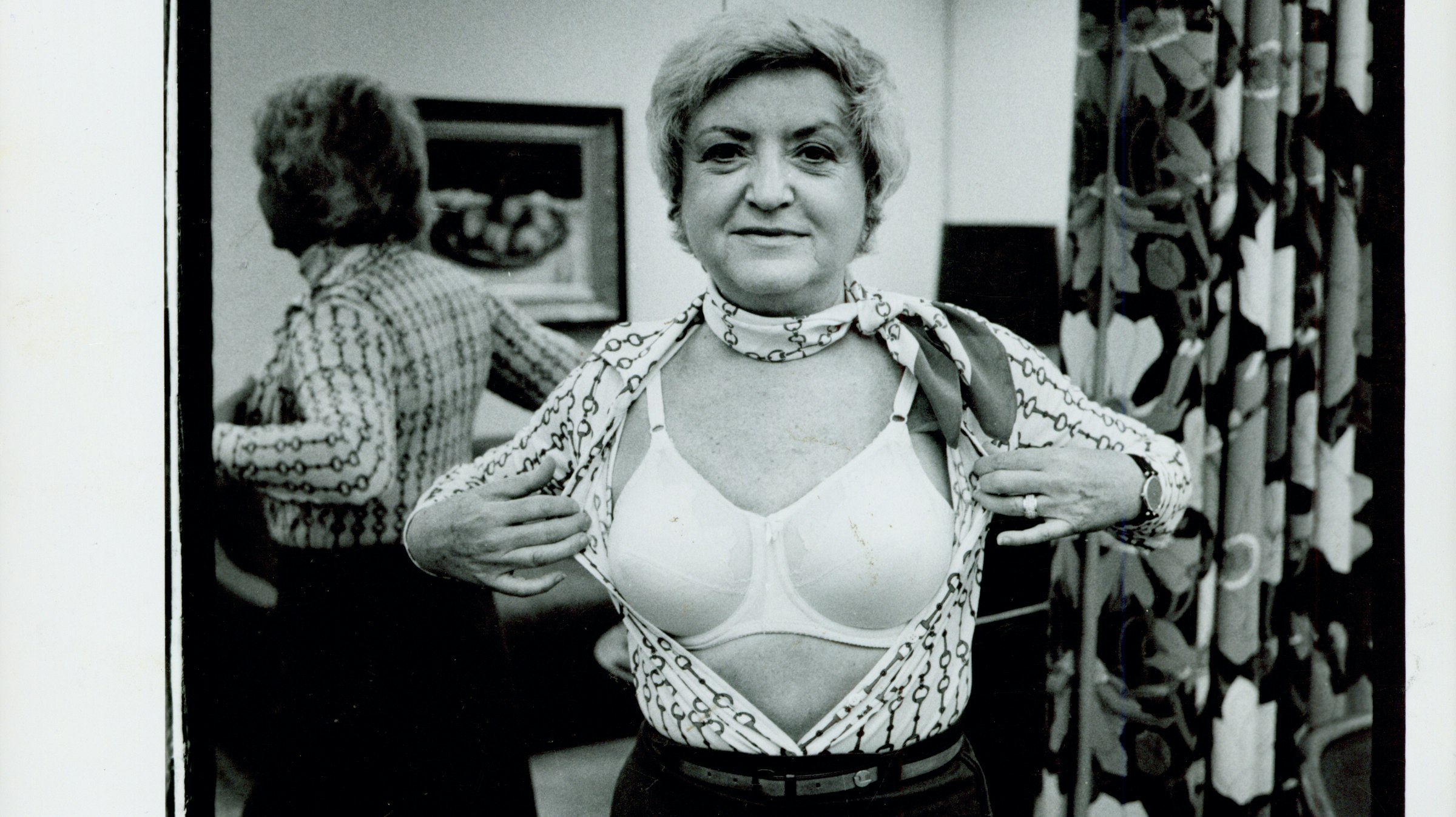The Brains behind Barbie

What the papers of Ruth Handler can tell us about her creation.
I didn’t grow up playing with Barbies. The one childhood Barbie memory I do have involved her decapitation.
Suffice to say I wasn’t anticipating the release of the new Barbie movie with the fervor it seemed everyone else was (Google launching pink fireworks every time someone searches for “Barbie,” “Margot Robbie,” or “Ryan Gosling” gives the impression that this movie is a major historic event). However, after doing further research, I’ve revised my evaluation of the movie—and of the plastic bombshell.
Depending on who you talk to, Barbie evokes strong reactions ranging from admiration to disgust (or in my case, violence). But whether provoking angst or love, Barbie is a superstar almost everyone knows. How did this toy achieve mythic proportions? What does it take to create such a cultural phenomenon?

The 35th Anniversary Barbie doll is the first ever special edition vinyl reproduction of the original 1959 Barbie doll (1961–1996). ©Mattel, Inc. Courtesy of Schlesinger Library
A good place to start answering these questions is the Ruth Handler Papers at Radcliffe’s Schlesinger Library. Handler cofounded Mattel, Inc., in 1945 with her husband, Elliot, and their friend Harold Mattson. She was later the brains behind the concept for Barbie.
We asked Jane Kamensky, the Pforzheimer Foundation Director of the Schlesinger Library, and Jenny Gotwals, curator for gender and society at the Schlesinger, if they could shed some light on Handler’s life and her inspiration for Barbie.
Personal papers are a unique form of documentation because most of us don’t keep items based on the assumption that they will one day be donated to a library. Consequently, what people choose to save says a lot about them.
Gotwals noted Handler’s papers consist mainly of business records for her various ventures, including Mattel and Nearly Me, a company started by Handler after her own breast cancer diagnosis to sell breast prosthetics and other products for women who have had mastectomies.

Ruth Handler promoting her "Nearly Me" product line (1977–1996). Photo by Allan Grant. Courtesy of Schlesinger Library
Archivists at the Schlesinger Library first contacted Handler around 1999 about the possibility of donating her papers because the Library was focused on building its collections related to women in business. After the launch of the Barbie doll in 1959, Handler became a prominent business leader and national celebrity—one of few successful female entrepreneurs in the 1960s and early ’70s. She was even invited to a White House conference on youth and to a state dinner with the president of Israel, says Gotwals. And she travelled around giving speeches about consumerism and other topics.
Copies of Handler’s correspondence with national business leaders and politicians, as well as her speeches, may be found in the collection at the Schlesinger. The collection also includes photographs of Handler and her family, marketing materials, and page-after-notebook-page of Barbie fan mail. Lamentably for collectors, there are no dolls. One interesting piece of the collection is a receipt for a Bild Lilli doll, the German fashion doll that was one source of inspiration for Handler in creating Barbie.
The daughter of Polish immigrants, Handler did not grow up wealthy. Yet one of the reasons Mattel was so successful is that Handler was a “genius marketer,” says Gotwals. “She created the doll at a time when there was a huge market for it.” Handler was also one of the first to sponsor children’s TV shows, including the Mickey Mouse Club, as a means of marketing toys directly to children, Gotwals noted.
“It’s no accident that so much of Barbie’s dreamscape involves cars and campers. Her rise was part of a vision of a boundless postwar prosperity,” says Kamensky, who is also the Jonathan Trumbull Professor of American History in the Faculty of Arts and Sciences. Barbie was conceived during a time when plastics were gaining importance as a new material, consumerism was embraced as a source of pleasure and social cohesion, and there was a large generation of children who had parents with disposable income, she added.
Kamensky also noted that the 1960s was the era of the Sexual Revolution, when conversations about intimate life began to change with the introduction of the first birth control pill, in 1960, and the publication of Helen Gurley Brown’s Sex and the Single Girl, in 1962. “With her body-conscious fashions, Barbie incarnated a kind of liberation: the freedom to say yes. As feminists pointed out beginning in the late ’60s,” said Kamensky, “that freedom sometimes threatened to erase the right to say no.”
Handler certainly knew how to time a product launch.
Above all, what Handler’s papers reveal about her is that she was a savvy businesswoman with ambitions. “She did not enjoy being what we would now call a stay-at-home mother . . . she was pretty upfront about that,” says Gotwals. “She was really invested in being creative and in being involved in business, even from a young age.”
So whether you love or hate Barbie, her real story is as much about brains as it is about beauty.
Sam Zuniga-Levy is a writer at Harvard Radcliffe Institute.







